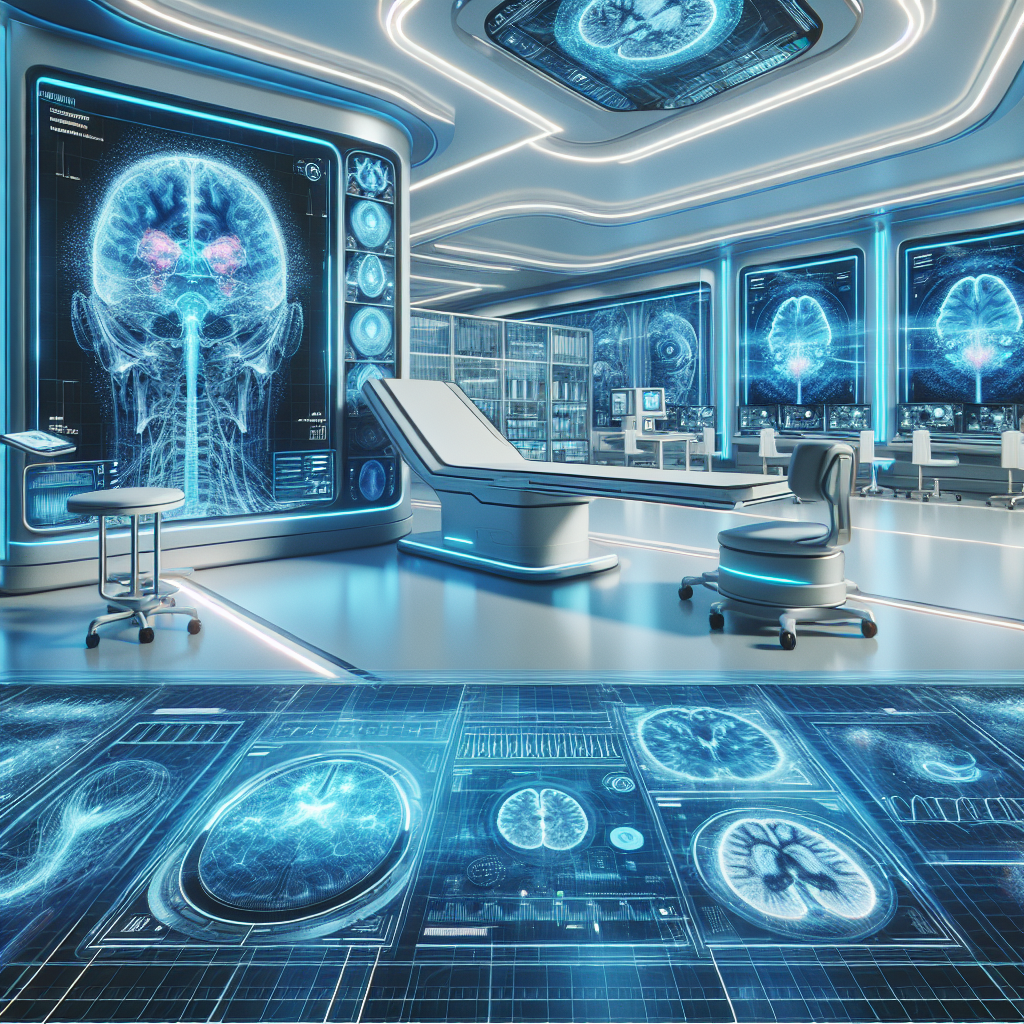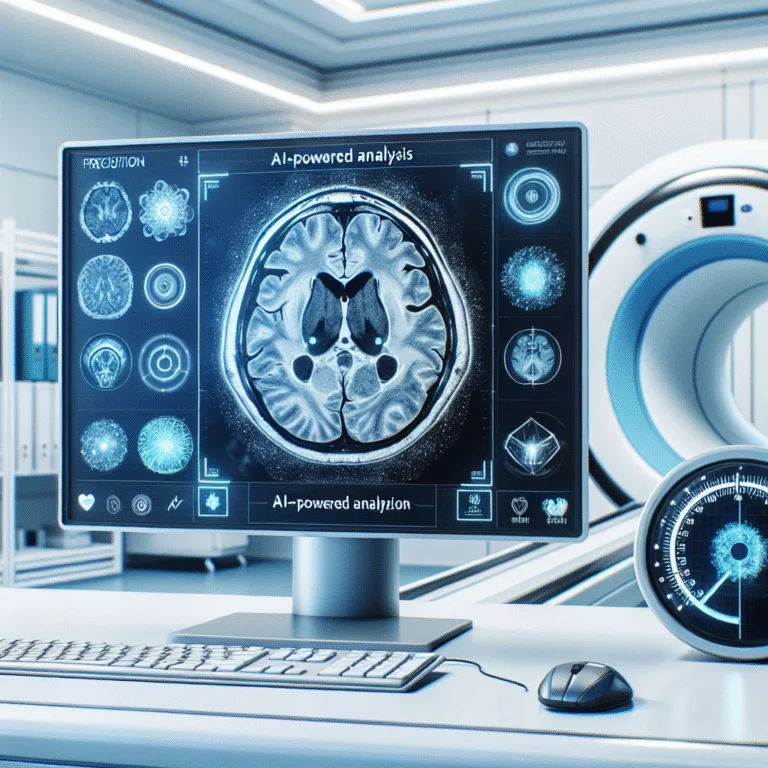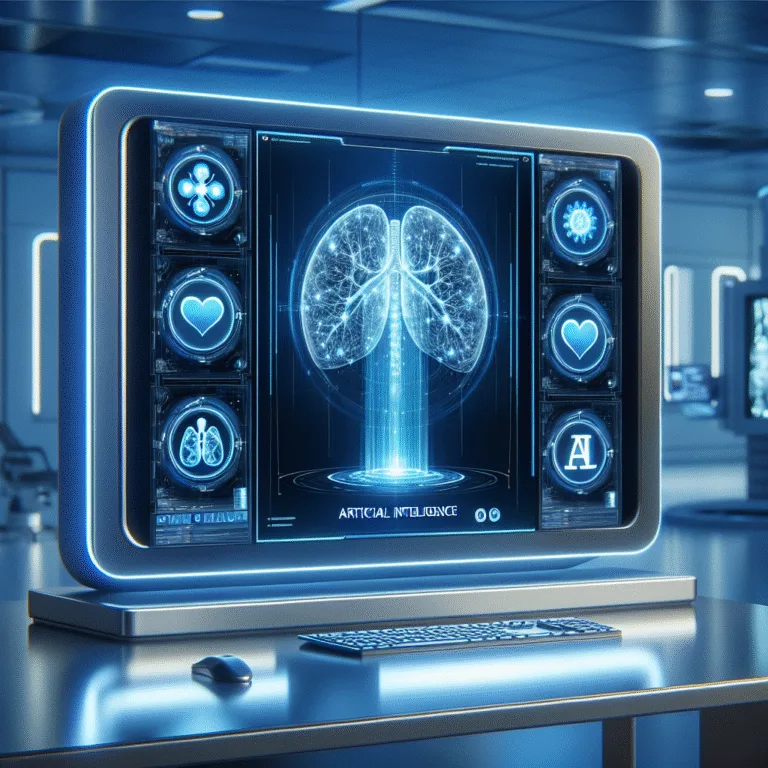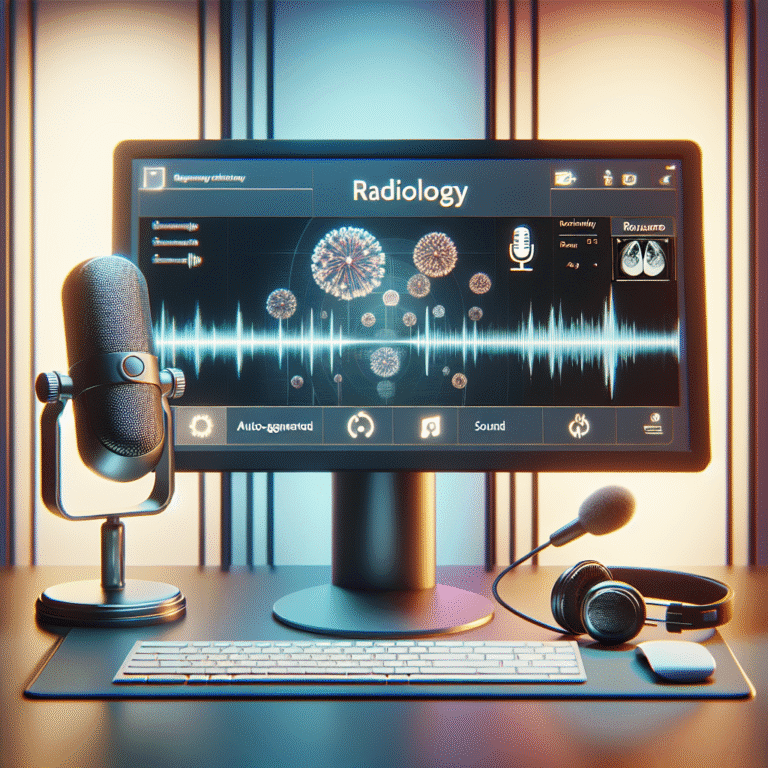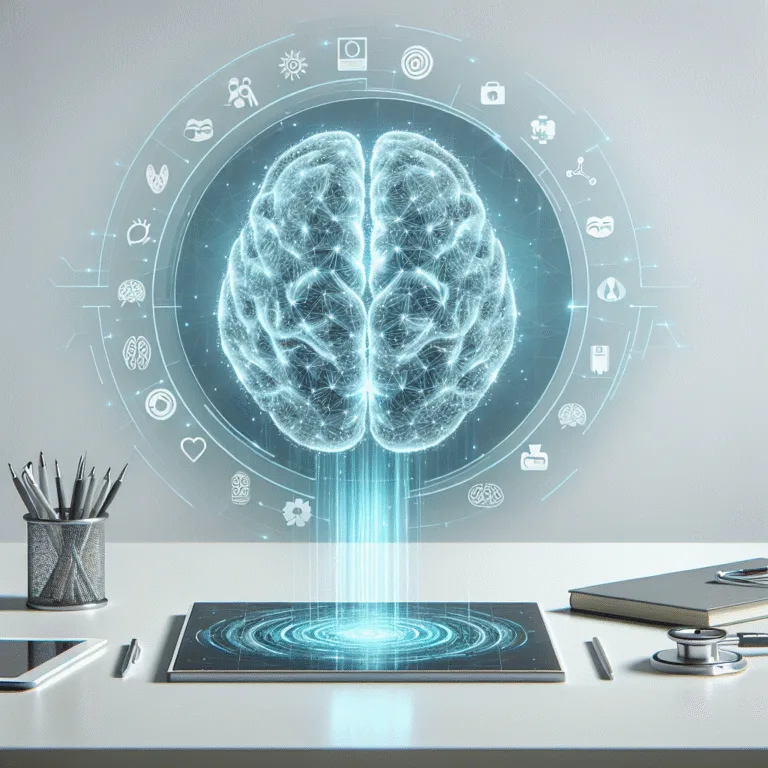The Future of AI in Diagnostic Imaging: Predictions for 2026 and Beyond
The Future of AI in Diagnostic Imaging: Predictions for 2026 and Beyond
We’ve seen what AI can do today, but what’s next? We look to the horizon to explore the future of AI in diagnostic imaging. From predictive analytics to fully automated preliminary reports, we discuss the trends and technologies that are set to redefine the role of the radiologist and the capabilities of imaging departments.
The future of AI in diagnostic imaging promises to revolutionize how radiologists work, enhancing both efficiency and accuracy. As we look toward 2026 and beyond, several key trends and technologies are expected to shape the industry. These advancements will not only redefine the role of the radiologist but also enhance the capabilities of imaging departments.
Advancements in Predictive Analytics
Predictive analytics is poised to become a cornerstone of diagnostic imaging. By leveraging vast datasets, AI can identify patterns and predict outcomes with remarkable accuracy. This capability may allow radiologists to anticipate disease progression and tailor treatment plans more effectively.
- Early Detection: AI algorithms can analyze subtle changes in imaging data, potentially identifying diseases earlier than traditional methods.
- Risk Stratification: AI can help categorize patients based on risk, allowing for personalized monitoring and intervention strategies.
According to a study published in NCBI, predictive analytics in radiology could significantly reduce diagnostic errors and improve patient outcomes.
Automated Preliminary Reports
The development of automated preliminary reports is another exciting prospect for the future of AI in diagnostic imaging. These reports can streamline workflows by providing initial findings for radiologists to review.
- Efficiency Gains: Automated reports can reduce the time radiologists spend on routine cases, allowing them to focus on complex diagnoses.
- Standardization: AI-generated reports ensure consistency in terminology and structure, which can improve communication with referring physicians.
For instance, RSNA highlights how AI tools are being integrated into radiology workflows to enhance reporting speed and accuracy.
Transforming Radiology Workflows
The integration of AI into diagnostic imaging is set to transform radiology workflows profoundly. By automating routine tasks and assisting with complex analyses, AI can help radiologists manage increasing workloads more effectively.
- Task Automation: AI can automate repetitive tasks, such as image segmentation and annotation, freeing up radiologists for more critical analyses.
- Decision Support: AI systems can provide decision support by highlighting areas of concern and suggesting potential diagnoses.
These advancements are not just theoretical. Many radiology departments are already using AI to enhance their workflows. To explore how AI can improve your reporting speed, visit Rad Report AI.
Challenges and Considerations
While the future of AI in diagnostic imaging is promising, several challenges must be addressed. These include data privacy concerns, the need for robust validation of AI models, and the integration of AI into existing healthcare systems.
- Data Privacy: Ensuring patient data is protected is paramount as AI systems require access to large datasets.
- Model Validation: AI models must be rigorously tested to ensure accuracy and reliability in clinical settings.
- System Integration: Seamless integration with existing healthcare IT systems is crucial for the successful deployment of AI tools.
Addressing these challenges requires collaboration between technology developers, healthcare providers, and regulatory bodies to ensure that AI applications are safe and effective.
Sample Radiology Report Template
[Patient Name]
[Date of Birth]
[Medical Record Number]
Examination: [Type of Imaging]
Date of Exam: [Date]
Findings:
- [Description of findings]
- [Additional observations]
Impression:
- [Summary of key findings]
- [Recommendations for further evaluation or follow-up]
Radiologist: [Name]
Date: [Date]
The future of AI in diagnostic imaging is bright, with numerous opportunities to enhance patient care and radiology practice. As AI continues to evolve, radiologists will play a crucial role in guiding its integration into clinical workflows.
🚀 Try Rad Report AI For Free — and experience faster, smarter reporting today.

